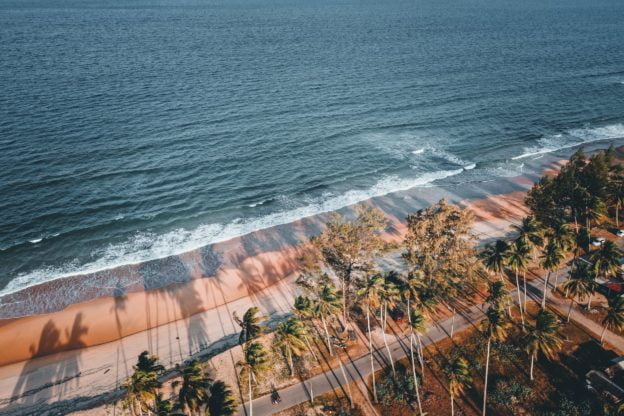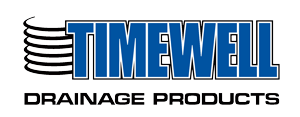The second in a series of three webinars focusing on the current state of affairs along our developed coast, strategy that is needed to meet these challenges, and some of the tough decisions that will need to be made regarding protecting certain coastal areas while abandoning others.
Rising seas are putting pressure on coastal communities like never before. At the same time, we continue to develop real estate in our coastal regions. Webinar discussion will begin with the realities we are facing presently, and will continue with a review of past practices and will then shift to innovative solutions that offer hope for embattled coastal communities. Finally, the series will conclude with an eye toward the future.
Time is running out, and important decisions loom ahead.
Enroll in all three courses and save 10%! Click here to learn more.
Traditional responses to rising seas and coastal erosion have been largely defensive in nature. Sea walls, coastal revetment and breakwaters have been constructed all up and down the American coastline.
More recently, there has significant shift in our approach. The United States Army Corps of Engineers Nationwide Permit #54, issued in 2017, continues to promote the use of living shoreline techniques for coastal protection. Living shorelines employ a wide variety of materials to create more flexible revetment systems that are nature based.
Living shoreline methodology owes much to the Dutch. In the Netherlands, successful coastal protection via flexible, nature-based systems that can be traced back three millennia. Although it has taken centuries, the rest of the world has started to pay attention.
Rising seas, fueled by glacial melt, are of urgent concern. Storm events are gaining intensity, as are resulting storm surges along our most vulnerable stretches of coastline. More and more coastal engineers are embracing the idea of taking a more offensive approach.
We invite you to join returning Stormwater University instructor and 43-year industry veteran Peter M. Hanrahan, CPESC for this important educational event.
Rising seas pose threats to our coastal communities that must be met head on.
Learning Objectives
- Implement nature friendly solutions for coastal erosion and beach loss
- Develop ideas relative to long-term solutions and strategies to meet the challenges of rising seas
- Apply innovative solutions to protect vulnerable shoreline property
About Instructor







